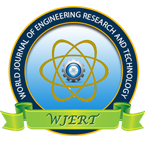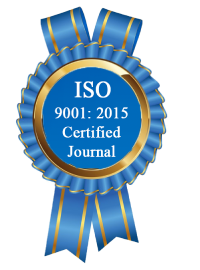| All | Since 2020 | |
| Citation | 172 | 110 |
| h-index | 7 | 5 |
| i10-index | 1 | 0 |
WJERT Citation 
Login
News & Updation
Abstract
ESTIMATION OF CO2 EMISSION FROM WIDELY USED BUILDING MATERIALS AND GREEN CONCRETE ALONG WITH THEIR COMPARISON
Fatema Tuz Zahura*, Asif Rahman Khan, Md. Nazmul Huda Sarker and Apu Roy
ABSTRACT
Bangladesh is a developing country. The construction sector is growing rapidly in Bangladesh which ultimately emits a great amount of greenhouse gases. As the process of manufacturing, transporting of buildings materials and installing, constructing of buildings consume greatenergy and emit large quantity of greenhouse gas specially CO2, so the construction of buildings has a very important impact on the environment. This paper covers the aspect onhow to choose a material for green concrete. It presents the feasibility of the usage of byproductmaterials like fly ash, ground granulated blast furnace slag, recycled concrete or manufacturing aggregates inconcrete and geopolymer concrete. In our study we used different empirical equations for the determination of CO2 emissions from widely used building materials. Then that calculatedCO2emissions was reduced by percentage for various green concrete materials. The difference between the emission of CO2 from widely used building materials and green concrete is also discussed. Dhaka, the capital of Bangladesh is one of the most polluted city, where the building construction site contributes the CO2 emission in a greatamount. If this emission of CO2 cannot be controlled right now, it will become a threat for theinhabitants of this city. So, the use of green concrete is gradually becoming anindispensable ingredient for the building materials in this mega city.
[Full Text Article] [Download Certificate]
